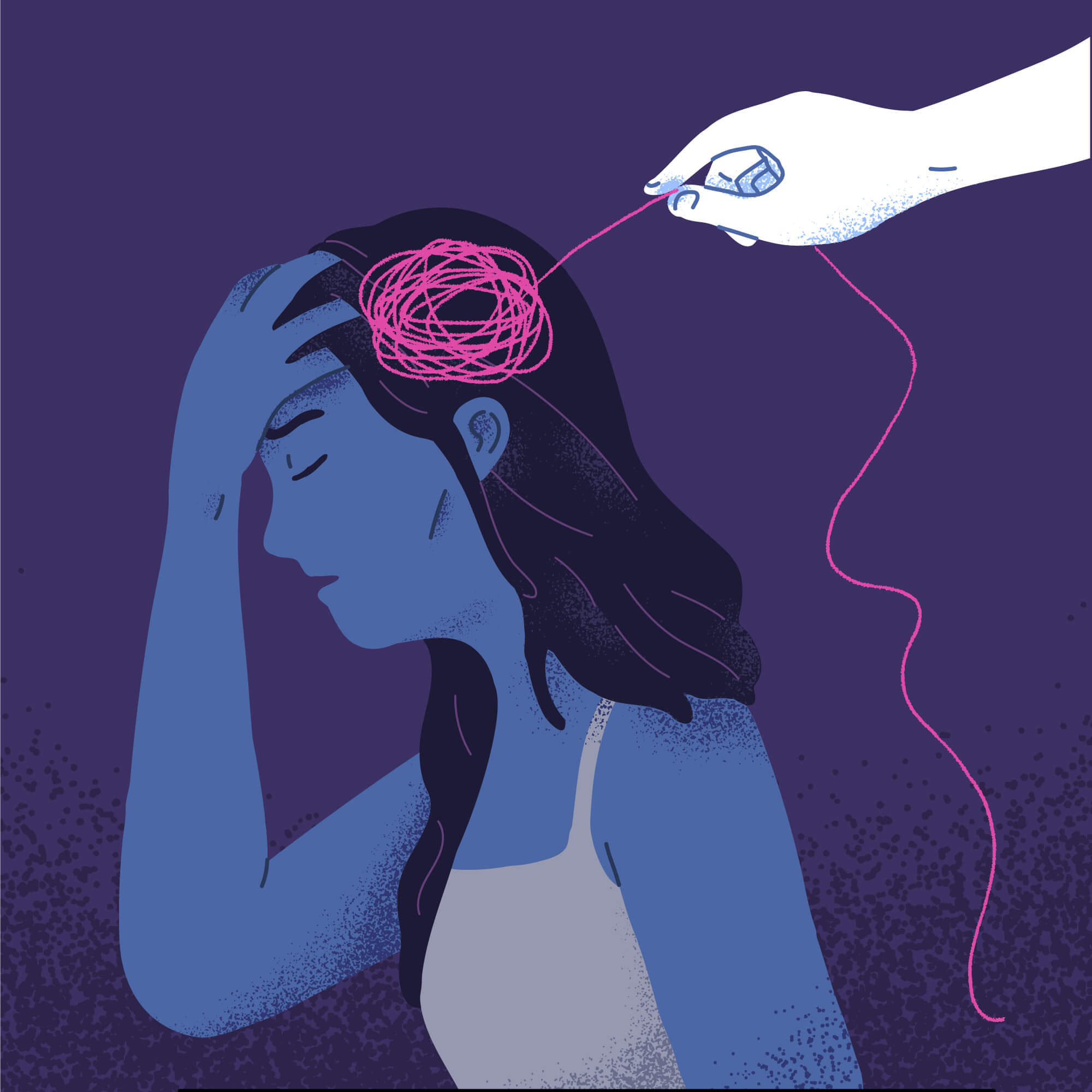This site is about collective punishment, so naturally we have to write about it on a fairly regular basis and it’s become an interesting experience of returning again and again.
Every time we write about collective punishment, it feels like tracing a wound the system keeps trying to call a scar—something old, something resolved, something not worth revisiting. But collective punishment is not past tense; it is an active, ongoing structure of harm, and our repetition is not stagnation, but insistence. The act of naming it again, and again, and again, is the slow and necessary work of making its contours visible.
Having written 400,000 words, exploring many themes, here are some additional thoughts on collective punishment.
Collective punishment is a system, not a glitch
The practice of punishing a group of students for the actions of one or a few extends far beyond the formal definitions. It includes denying whole classes privileges, removing accommodations from multiple students, and enforcing behavioural systems that apply blanket consequences regardless of individual context or need. Treating everyone precisely the same, when some people need support or accommodations.
What looks like neutral policy often reveals itself as pattern: children with disabilities disproportionately punished, neurodivergent children repeatedly excluded, and entire groups made to internalise shame for one person’s perceived failure.
See: Designed for despair
It functions as a management tool, not a moral one
Collective punishment serves an administrative function. It allows overburdened staff to maintain control with fewer resources, bypass complex relational work, and obscure systemic failure behind the appearance of consistency. What appears to be about fairness is more often about expediency. It is cheaper to punish a group than to support a child.
See: Engineered famine in public education
It is shaped by cultural norms about loyalty and accountability
Our recent analysis of cultural psychology research shows that punishment is not just about behaviour—it is about group allegiance. Ingroup bias shapes who is protected and who is punished. Schools often protect adults and punish children—not because of malice, but because internal loyalty systems incentivise preserving staff relationships over recognising harm. This becomes especially visible in collective punishment: the group absorbs the consequence so the institution can avoid confronting its own complicity.
See: Cultural bias and collective punishment: why school systems resist feedback
It targets those seen as expendable or disruptive
Children who do not conform to institutional norms—especially disabled, racialised, and trauma-impacted children—are more likely to be positioned as outgroup. When something goes wrong, they are punished more quickly, more harshly, and more collectively. This is not an accident; it is a structural effect of how inclusion is performed without power-sharing, and how adult discomfort is often prioritised over child safety.
See: How it broke me open: the unbearable clarity of seeing things as they are
It is justified through euphemism
Collective punishment is rarely named outright. Instead, it is framed as “natural consequences,” “loss of privileges,” or “classroom agreements.” These euphemisms obscure the moral reality: children are being harmed not because of what they have done, but because of what they represent—a break in order, a challenge to authority, a reminder of systemic failure. Language becomes a tool of disavowal.
See: What are all the names of collective punishment?
It is learned through generational memory and cultural practice
Many adults working in education today grew up under disciplinary regimes that were far more physically aggressive. For some, the memory of corporal punishment—being sent to the principal’s office for the strap, having knuckles rapped, being spanked, belted, or paddled—has not faded. It has simply been replaced with methods that feel, by comparison, less violent.
In this context, collective punishment is often seen not as unjust, but as humane—a softer, less personal form of discipline that still maintains order. But what feels gentler from the outside often inflicts a different kind of harm. It trades physical violence for institutional erasure. It trains children to internalise blame they did not earn, and to distrust fairness as a possibility.
However, for some audiences, collective punishment poses are larger threat and this is exactly why we should resist this framing.
See:
- What replaced the strap in Canadian schools?
- What did the Truth and Reconciliation Commission say about punishment?
-
The unseen wounds of advocacy: caregiver burnout, moral injury, and embodied grief
Caregiver burnout in BC schools reflects moral injury and systemic betrayal, as mothers fight exclusion and harm while advocating for disabled children.
It erodes trust, regulation, and belonging
Children who experience collective punishment learn that their needs, intentions, and individuality do not matter. They learn that they are only as safe as their most dysregulated peer. This creates a climate of fear, resentment, and competition, not cooperation. For neurodivergent children in particular, it reinforces masking and internalised ableism.
See: She graduated and this is what she learned
It cannot be solved by better enforcement
The solution to collective punishment is not clearer rules or stricter application. It is a cultural shift away from behaviourism, away from control-based models, and toward relational safety, accountability, and co-regulation. This requires staffing, training, and courage. But more than anything, it requires truth-telling.
See:
- Vancouver School Board’s Urgent Intervention Program – purpose, process, and controversy
- Non-coercive, trauma-informed alternatives to PBS/ABA in BC schools
- Our goals are not the same
Naming it again is an act of resistance
Repetition is not redundancy—it is the centre of this praxis, the rhythm by which we etch truth into institutional silence. We keep returning to collective punishment because it keeps happening—and because the systems that uphold it depend on our silence. We keep returning to collective punishment because we want this website to come first for every single search term related to punishment in schools in British Columbia—and because our method is working. For families we want this site to be an oasis. For staff, we want this site to be an olive branch. For decision makers it is both an indictment and an opportunity.
Every time we write, we create a breadcrumb trail for another parent, educator, or student to follow. Each piece is a fragment of a larger refusal. There is no moving on from collective punishment until we dismantle the systems that make it feel ordinary.
It is reproduced through engineered scarcity
What if the measure of a public system’s success was how well it served those with the least power to demand it? I feel sick—viscerally, politically—when I think about how the trappings of Business 101 have been draped across public education, like profitability were a moral good.
The public education system in British Columbia—and across many jurisdictions—has been structured to fail the children who need it most. Chronic underfunding, staff shortages, inflexible staffing ratios, and rationed access to support create a climate in which the needs of disabled and neurodivergent students are consistently framed as excess. These students are not failed accidentally; they are systematically deprioritised through policies that allocate resources based on conformity, perceived potential, or behavioural compliance. When a class loses its education assistant because one child’s support hours were exceeded, that is collective punishment. When an overwhelmed teacher removes recess for everyone because she had no support in de-escalating a student in crisis, that is collective punishment. Scarcity becomes the justification, but the effect is the same: vulnerable children are made to carry the burden of a system designed to exclude them. And those who survive learn not that they are safe, but that they must either mask harder or disappear.
-
Engineered famine in public education
In British Columbia schools today, we are not facing a behaviour crisis—we are facing a famine of care. This essay weaves together personal memory, systemic critique, and deep empathy for teachers and families alike to ask why our schools are starving the very…
-
Epistemic silencing of disabled children’s primary caregivers
Epistemic silencing in BC schools discredits mothers’ knowledge, reframes advocacy as aggression, and erases disabled children’s pain, leaving families punished for truth.










